Website Design & Development FAQs
This FAQ page explores website design and development, offering answers on creating visually appealing, functional, and optimized websites to enhance user experience and achieve your business goals.
What is website design and development?
Website design focuses on aesthetics and user experience (UX), while website development involves coding and functionality to make the design operational.
Why is website design important?
Good design enhances user experience, builds trust, improves navigation, and helps achieve business goals like increased engagement or sales.
What are the stages of website design and development?
Key stages include planning, wireframing, designing, coding, testing, launching, and maintaining the website.
What is the difference between custom website development and using templates?
Custom websites are built from scratch to meet specific needs, while templates offer pre-designed layouts for faster and cost-effective setups.
What’s the difference between UX and UI design?
UX (User Experience) focuses on usability and functionality, while UI (User Interface) deals with visual elements like buttons, colors, and typography.
What is responsive website design?
Responsive design ensures that websites adjust and function well on all devices, including desktops, tablets, and smartphones.
What is a CMS in website development?
A CMS (Content Management System) like WordPress, Joomla, or Drupal allows you to create and manage website content without extensive coding.
What is the importance of SEO in website design and development?
SEO (Search Engine Optimization) ensures your website ranks well on search engines, increasing visibility and driving organic traffic.
What is the role of a sitemap in website design?
A sitemap is a structured layout of all the pages on your website, helping users and search engines navigate easily.
What is the difference between static and dynamic websites?
Static websites have fixed content, while dynamic websites fetch and display content in real-time, often using databases.
How long does it take to design and develop a website?
Timelines vary based on complexity: simple websites take 2–4 weeks, while advanced or custom sites may take months.
What is web hosting, and why do I need it?
Web hosting provides the storage space and infrastructure for your website to be accessible on the internet.
What is a domain name, and how do I choose one?
A domain name is your website’s address (e.g., www.example.com). Choose something short, memorable, and relevant to your brand.
What are website frameworks, and why use them?
Frameworks like Bootstrap or Angular simplify development by providing pre-built components and structure for efficient coding.
What is SSL, and why is it important?
SSL (Secure Sockets Layer) encrypts data between the browser and server, ensuring secure transactions and boosting user trust.
How can I improve my website’s load speed?
Optimize images, use caching, minimize code, and leverage a content delivery network (CDN) for faster load times
What is mobile-first design?
Mobile-first design prioritizes the mobile user experience, ensuring websites look and function perfectly on smaller screens before scaling up.
What are the latest trends in website design?
Trends include dark mode, minimalistic designs, 3D elements, micro-interactions, and voice UI integration.
How can I track my website’s performance?
Use analytics tools like Google Analytics to monitor traffic, bounce rates, and user behavior for optimization.
What is the role of accessibility in website design?
Accessibility ensures websites are usable for everyone, including people with disabilities, by adhering to WCAG (Web Content Accessibility Guidelines).
OrgoDigital represents a seamless fusion of “Organic” and “Digital” growth in the realms of technology and digital marketing. From crafting dynamic websites and high-performing apps to implementing data-driven marketing strategies, we focus on creating sustainable growth while delivering exceptional value to our clients.
Our Services
Contact Us
Useful Links
©2024. Orgo Digital. All Rights Reserved.



